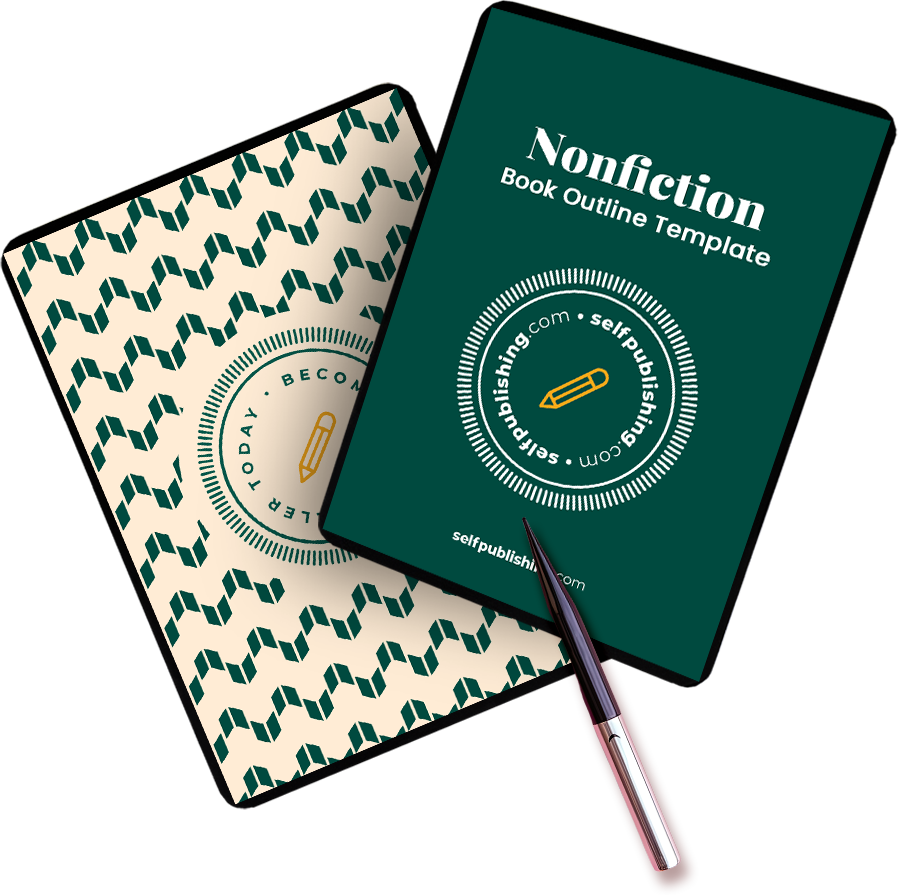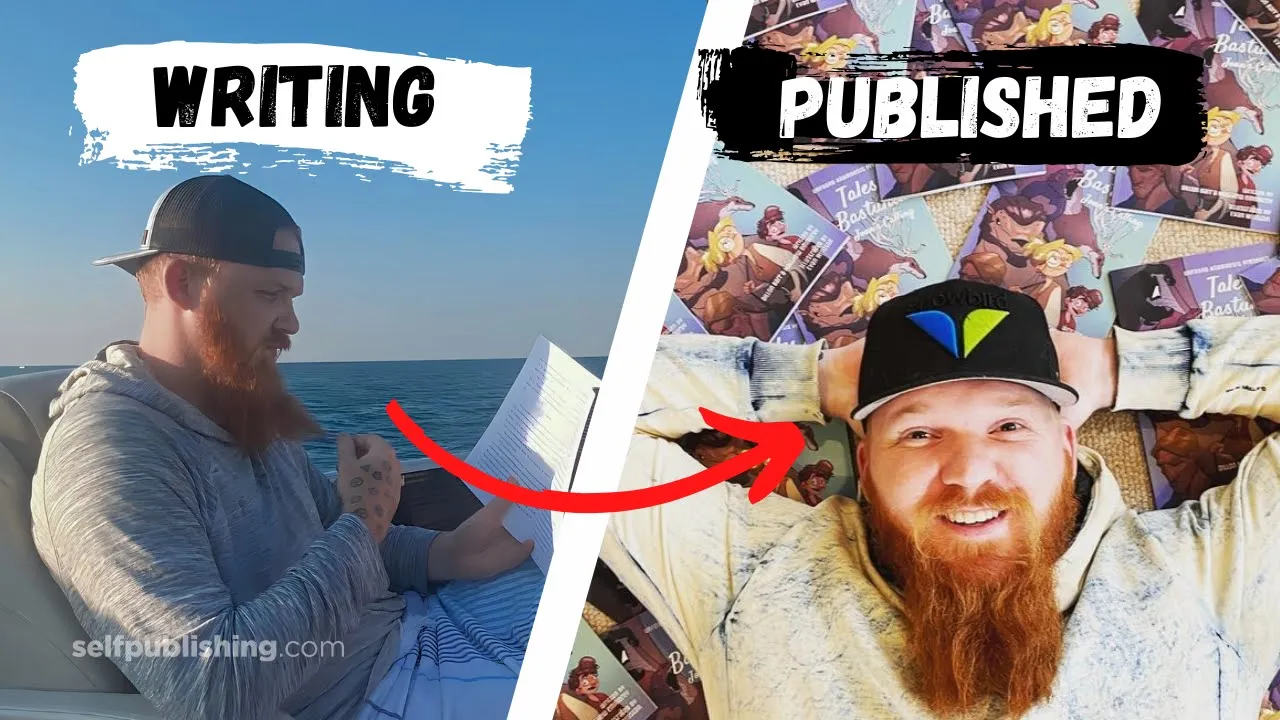Are you looking for an autobiography template?
First things first.
What is your story? Not the shiny, air-brushed one you edit before posting on Instagram or the one you politely share during a writer’s chat on Zoom.
By your story, I mean the one with the cracks in it caused by childhood insecurities or the deep craters forged by unexpected collisions with life—the triumphs and tragedies that are forever etched into your DNA.
Yes, that story.
When you’re truly ready to write an autobiography, you’ll know it because you’ve come to a point in your life where the beauty of sharing your story has nothing to do with perfection. It’s knowing that despite the roller coaster ride that started at birth, you’ve found the courage to stay on it—sometimes holding on for dear life and other times riding with your hands up and screaming at the top of your lungs.
Get your autobiography template here:
You’ve lived thoroughly and learned to embrace who you’ve become in the process, scars and all.
This post will show you the format for writing an autobiography and the best way to package your story so you can provide the best reader experience possible.
What is an autobiography?
The basic definition of an autobiography is that it’s a first-person account of your life. It differs from a memoir, which usually focuses on a single event or group of events that lead you to a discovery about yourself, your life, or some other revelation. An autobiography is a look at the total sum of your life from birth (early childhood) to the time of your book’s writing that highlights the key points that shaped who you’ve become.
Ready to start writing your autobiography? Let’s get into it…
What is the format for an autobiography?
Just like any good story, every autobiography has a beginning, middle, and end. But before you begin filling in the sections, you want to come up with a theme for your book. Most people have too much life content to fit into one book. Selecting the parts that fit under the umbrella of a theme will make the book easier to follow.
When coming up with a theme, think about what you want the key takeaway to be for the reader. You don’t want to give them some boring slog through your life history. If you want them to feel something, your book needs direction. That’s where your theme takes the lead. By keeping it in the back of your mind while writing, you’ll give your readers a track to stay on. Otherwise, they may lose interest and stop reading.
Once you have your theme, right down the events in your life that are related to your book’s focus. You’ll plug these into the outline as you develop it.
Some examples of autobiography book themes are:
- Overcoming challenges
- Creating your own destiny
- The unbreakable bonds of family
- A faith journey
- Perseverance
Your theme can be whatever you want it to be, but keep your audience in mind when selecting one.
Below you’ll find an autobiography template. It includes an outline with writing prompts in each section.
Whether you are an “outliner” (someone who outlines) or a “pantser” (someone who writes by the seat of their pants), the outline has enough structure and flexibility to make both writer types happy.
Autobiography Template: An Outline
I’ve laid out what a traditional autobiography might look like below. But to really help you get the most out of the blog post, I recommend downloading our nonfiction book outline to use alongside this guide.
1. Introduction
Before you share your life story, prepare your readers for what is to follow by introducing yourself and telling them what they can expect. You can cover some or all of the following:
- Why you are writing your autobiography?
- What do you hope the reader will take away from the experience?
- Any pertinent information that’s not covered in your book but that is needed for context.
2. The beginning – the early years
Since autobiographies are a condensed view of your life, you want to focus on the significant events that will move your story forward.
- Where do you want to begin your story?
- Where does your book’s theme first show up when you look back over your life? You want the opening of your book to have an impact, so choose something that will hook your readers and bring them into your world.
- How did your formative years influence how you viewed yourself? What we experience during our childhood can affect us for a lifetime. Consider how the early events of your life developed your character.
- Who influenced you the most during your childhood?
- What defining moments do you remember?
Where (on your timeline) and how you start your story is up to you. You want it to be something strong and significant to have the most impact on your reader.
Here are the first few sentences of some autobiographies for inspiration.
Family memories as part of an autiobiography
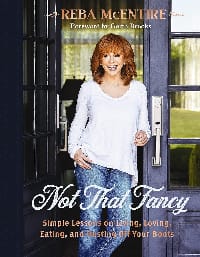
“Some would say the McEntires are a very set-in-their-ways, stubborn, hardheaded bunch of people. But I think that hardheadedness is what got Daddy to where he was, Grandpap to where he was, and his father, Pap, to where he was. Some might say it wasn’t all that far- but it was much further than where they started!”
– Not That Fancy: Simple Lessons on Living, Loving, Eating, and Dusting Off Your Boots by Reba McEntire
Autobiographical Nostalgia / Specific Event
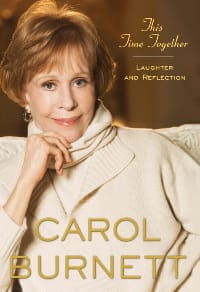
“My grandmother Nanny and I were at the picture show. I hadn’t reached two digits yet in age because I distinctly remember my feet couldn’t touch the floor of the movie house. Nanny and I were still living in San Antonio, Texas. My mama and daddy had gone ahead to California, where Nanny and I would later wind up.”
– This Time Together: Laughter and Reflection by Carol Burnett
Reflecting on a full journey since birth autobiographically
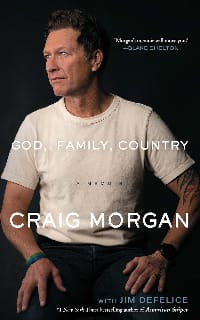
“If you know my music, you almost certainly know me as Craig Morgan. But I was actually born Craig Morgan Greer. Craig Morgan came along many years later.”
– God, Family, Country: A Memoir by Craig Morgan
Related:
3. The middle- halfway between the early years and where you are today.
If you are using a timeline to divide your story, the period that you cover during the “middle” of your autobiography depends on how old you are at the writing of your book. If you are in your golden years, your midpoint might be in your 30s or 40s. For someone like Malala Yousafzai, who wrote her autobiography at age 15, her “middle” looked very different.
Whichever “middle” you choose consider the following:
- What are the defining moments during this time of your life?
- Did they change how you viewed yourself?
- Did they change the trajectory of what you initially thought you’d do with your life?
- Who had the most influence on your life during this time?
- What are some of the challenges you faced? How did you overcome them?
- Did your worldview change during this time? If so, in what ways?
If your “middle” doesn’t fit neatly into a timeline, consider grouping your autobiography into themed sections.
The autobiography Cash by Johnny Cash groups his story into sections based on places that had special meaning to him: Cinnamon Hill, The Road, Port Rickey, Bon Aqua, and The Road Again.
4. The end—wrap-up
The end of your autobiography is the climax. It’s what you’ve been leading your reader to since the first sentence of your book.
- Where are you in your life now? What have you learned? How has your journey impacted who you’ve become?
- How do you want the reader to feel when they read the last sentence of your book? Inspired? Hopeful? Full? Enlightened? Satisfied? All of the above?
- Is there any part of your life that feels unfinished or incomplete?
- Looking back over your life, what is the greatest lesson you learned?
Extras
- Don’t forget your audience, especially at the beginning of your book. You want to hook your readers early and bring them along for the ride.
- Write an eye-catching autobiography title for your book.
- Leave out the minutia. If it doesn’t move your story along, drop it.
- Tone matters. A good rule of thumb is to write your story like you were talking to a friend. Your story doesn’t have to be a monotone race to the finish line. Spice it up. Add some sparkle. Make sure your personality shines through.
- It’s always about the story. Buyers pick up your book to be entertained. Regardless of how serious your story is, it should be presented in a way that makes the reader want to keep turning the page.
- Every good story has a resolution. Good or bad, offer a resolution for each life conflict you introduce.
- As you share the final pieces of your story, use the end of your story to reflect on where you’ve been, what you’ve learned, and where you plan to go from there. Every relationship that ends can benefit from closure, and if the end of your story is not the end of your relationship with your reader, tell them where they can go to continue getting to know you.
Are you ready to use this template for your own autobiography?
Writing your autobiography is a courageous move, but who better to write your life story than you?
If you have experiences that others will find interesting, share! You never know how your journey will impact someone else.
If you’re serious about getting your story published, Selfpublishing.com has a team of publishing experts who can walk you through the book development process.

